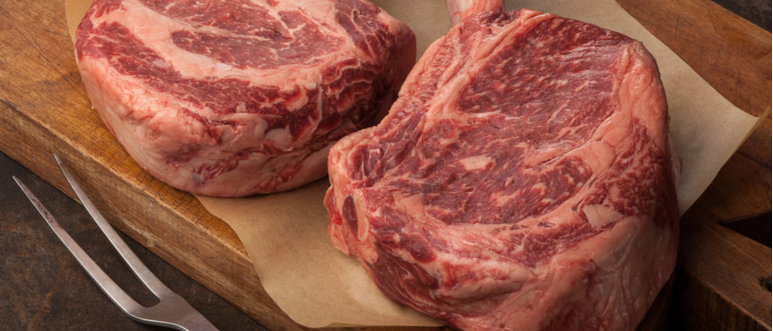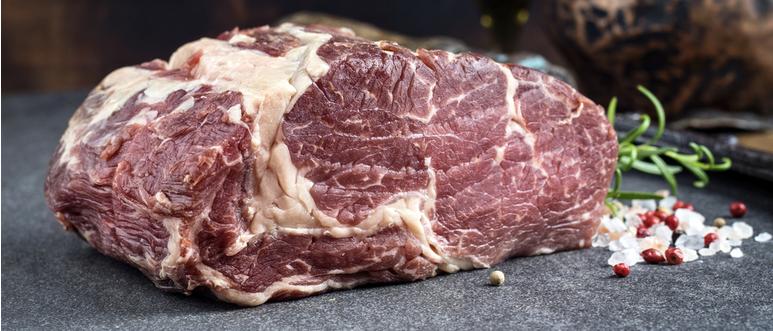Which is better: wet ageing or dry ageing meat?
If your idea of a great meal is a slab of beef steak cooked to mouth-watering perfection, you probably know that ageing meat brings out the best flavours. This is why, for example, aged steak is a premium dish in top restaurants, and why few people opt for cheap cuts of beef over a 30-day aged slices of fillet steak. There are two main ways to age meat; wet ageing and dry ageing. But which is better?
Tough vs. Tender
Freshly slaughtered beef might appear to be your best option if you want a piece of steak, but in reality, it would be bland and tough when cooked. The ageing process tenderises and enhances the flavour of the meat. A well-aged slab of beef tastes infinitely better than a fresh steak, which will have a metallic flavour.
In this article, we are going to examine the merits of wet ageing versus dry ageing. Whether you are a butcher or a carnivorous foodie, this information could change your life!
What is dry ageing?
Dry ageing meat is a traditional technique. It’s usually used to bring out the flavour and tenderise large cuts of beef, but dry ageing also works well on venison.
The meat cuts you buy in the supermarket have typically been aged for around 10 days, but it can take several months to properly dry age a cut of meat. The process is typically carried out in large temperature and moisture-controlled facilities, which supply fresh meat to upscale restaurants and supermarkets.
Because the process of ageing meat involves decomposition, it must be strictly regulated. Natural enzymes and bacteria slowly alter the beef. The cold, dry environment of a dry ageing room removes water from the meat, further concentrating the flavours. The end result is very tasty, but there are significant disadvantages to the dry ageing process.
Meat shrinks when it is dry aged. This means there is less product to sell at the end of the process. In addition, the dried-out surface of the meat must be trimmed away to reveal the tender meat below. There is also the cost of refrigeration and climate control to consider.

What is wet ageing?
Wet ageing is a commonly used process. Instead of subjecting meat to a temperature-controlled environment, it is vacuum packed and left to age in its own juices.
In terms of cost, wet ageing has a lot of advantages. Wet ageing is much faster than dry ageing and the only equipment needed is a vacuum sealed bag. There is also zero product shrinkage. Wet aged meat can look rather anaemic when removed from its packaging, but a healthy blush of colour soon returns.
The main disadvantage of wet ageing is in the flavour. Unlike the rich, highly concentrated flavour produced by the dry ageing process, wet-aged beef tends to retain a minerally taste. However, taste is subjective, and some people prefer the metallic flavour of wet aged meat. Wet ageing is certainly cheaper, but if you want tender, exquisitely flavoured meat, dry ageing wins every time.
At Butchers Equipment Warehouse we have plenty of choice for quality knives and sharpening tools from top brands such as F Dick, Victorinox and Dexter Russell, as well as larger equipment including butcher’s blocks and machinery. Our fast & reliable UK delivery is free on orders placed before 12.30pm - so you can rely on your tools to be with you in no time.




